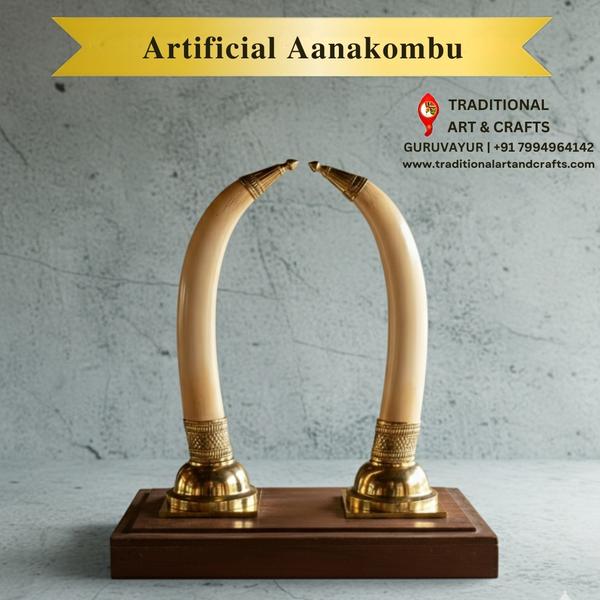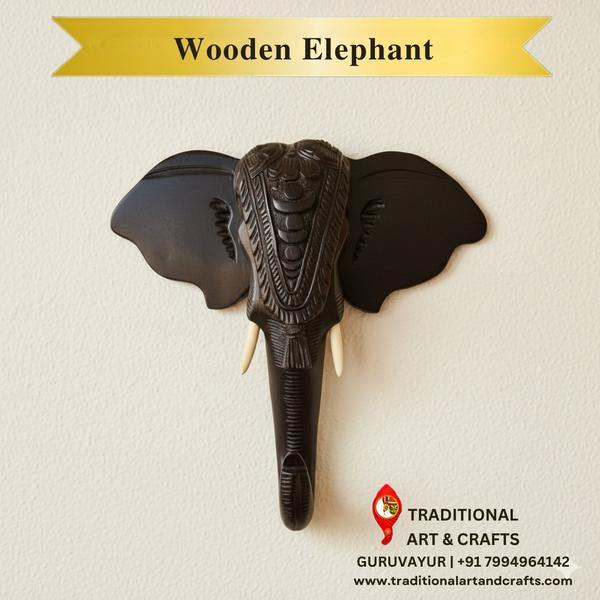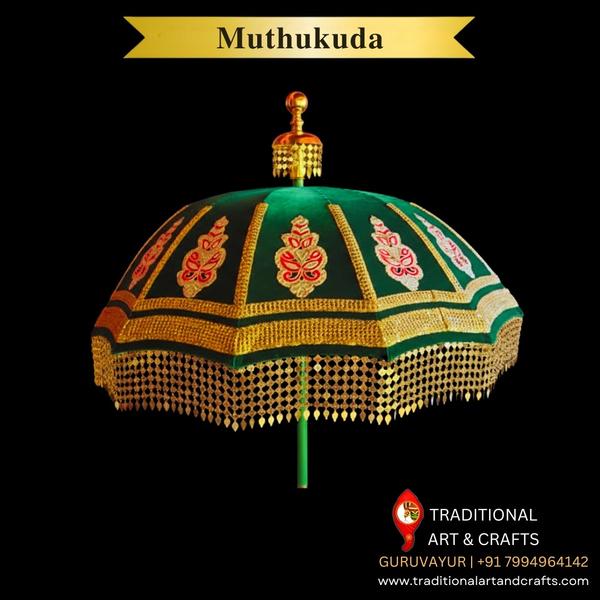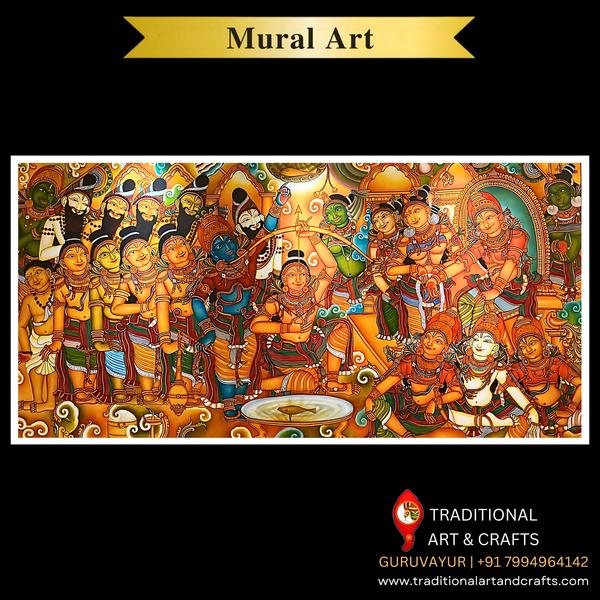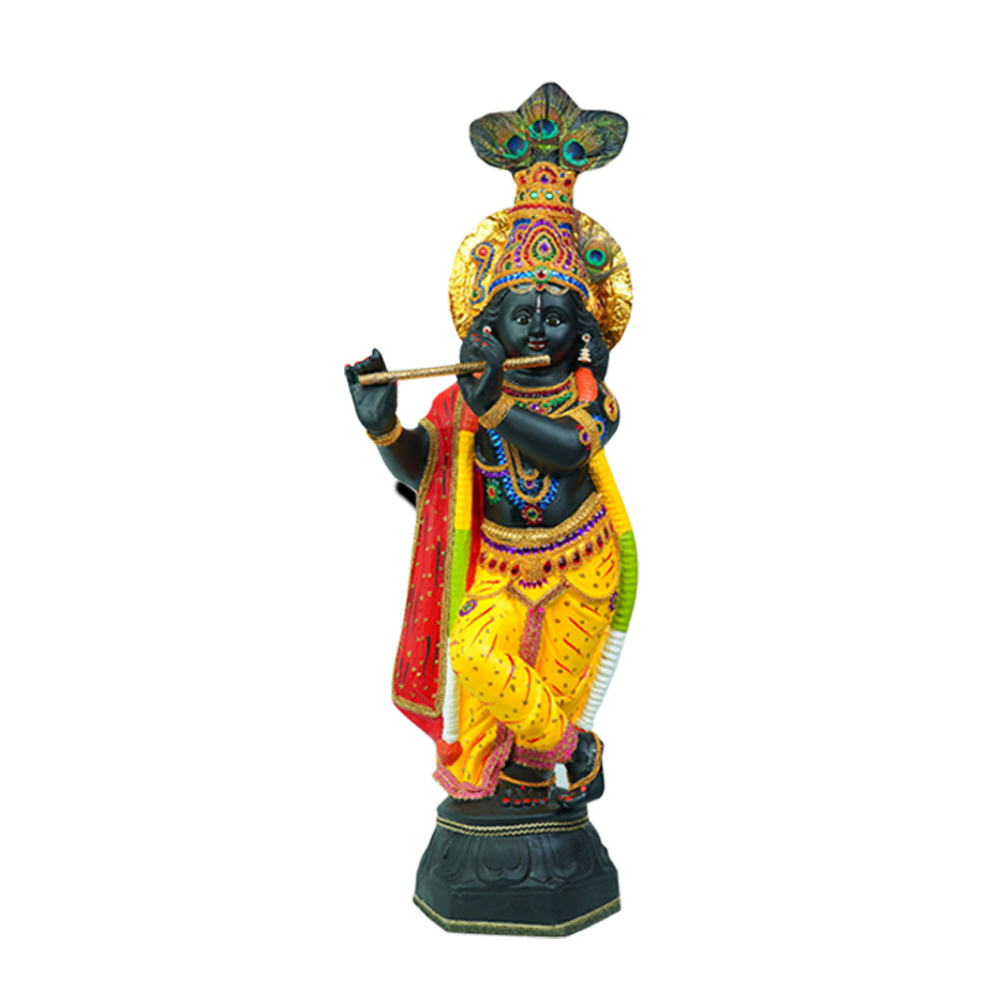
The history of Krishna statues is deeply intertwined with Hinduism, particularly with the worship of Lord Krishna, one of the principal deities in Hinduism. Krishna, often depicted as a divine figure with human-like characteristics, is revered as the eighth avatar of Lord Vishnu, one of the principal deities in Hinduism. Statues and representations of Krishna have played a significant role in Hindu religious practices, art, and culture over centuries.
Divine Love: Krishna idols is often depicted as a young cowherd playing the flute, especially in his childhood form known as "Balakrishna" or "Krishna as a child." This representation symbolizes divine love and the attraction of the soul to the divine. His flute playing is said to captivate all beings, symbolizing the call of the divine that draws devotees towards him.
Keywords
art
soul
call
human
beings
history
culture
worship
Hinduism
devotees
centuries
attraction
Divine Love
Balakrishna
Lord Vishnu
Lord Krishna
Krishna idols
flute playing
eighth avatar
divine figure
young cowherd
childhood form
representations
characteristics
Krishna statues
significant role
principal deities
Hindu religious practices

